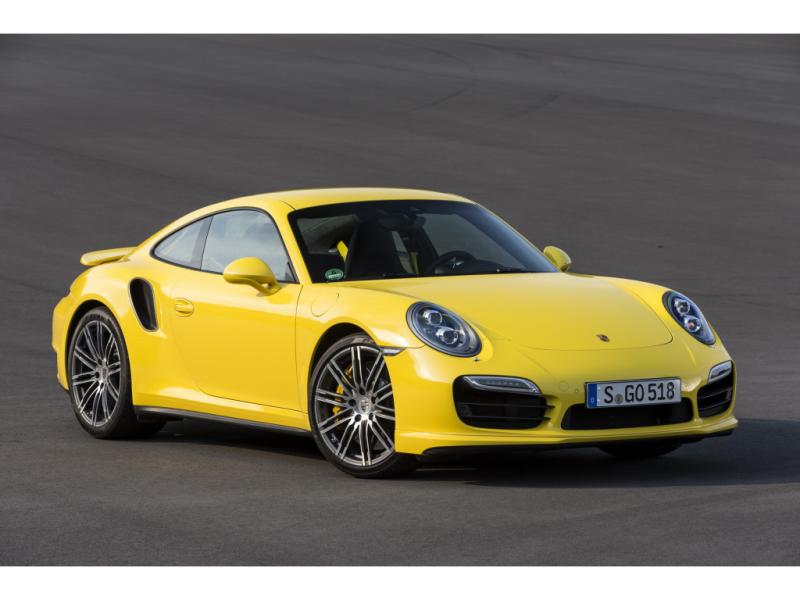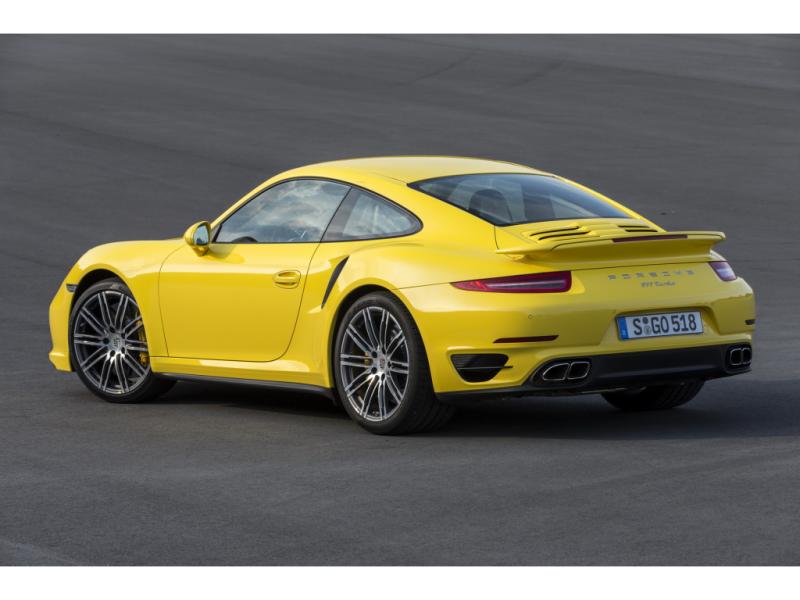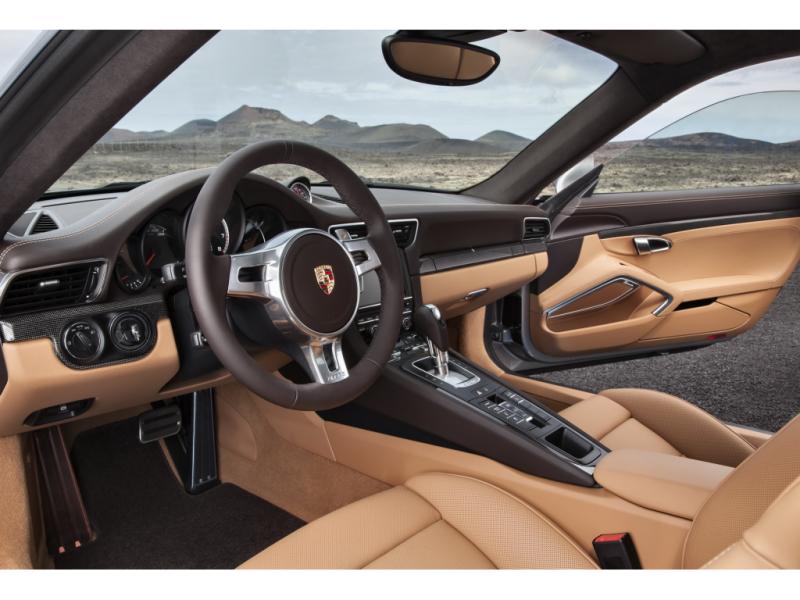2007 Porsche 911 in Walled Lake, MI - $44,995
Vehicle Highlights
Price
$44,995
Mileage
52,500
Color
Condition
Used
Drivetrain
AWD
Engine
6 CYL.
Transmission
5-Speed Automatic with Tiptronic S
Fuel
VIN
WP0CB29987S776928
Stock Number
I-854
Location
US, MI
Features
4-Wheel Disc Brakes
9 Speakers
19 x 8 Front & 19 x 11 Rear Carrera S Wheels
ABS brakes
AM/FM Stereo w/MP3 Player
AM/FM radio
Adaptive suspension
Air Conditioning
Alloy wheels
Automatic temperature control
Brake assist
Bumpers: body-color
CD player
Convertible roof lining
Convertible roof wind blocker
Delay-off headlights
Driver door bin
Driver vanity mirror
Dual front impact airbags
Dual front side impact airbags
Electronic Stability Control
Four wheel independent suspension
Front Bucket Seats
Front Center Armrest
Front anti-roll bar
Front fog lights
Front reading lights
Garage door transmitter: HomeLink
Glass rear window
Headlight cleaning
Heated door mirrors
High intensity discharge headlights: Bi-Xenon
Illuminated entry
Integrated roll-over protection
Leather Seat Trim
Leather Shift Knob
Leather steering wheel
Low tire pressure warning
Occupant sensing airbag
Outside temperature display
Overhead airbag
Passenger cancellable airbag
Passenger door bin
Passenger vanity mirror
Power convertible roof
Power door mirrors
Power driver seat
Power passenger seat
Power steering
Power windows
Rain sensing wipers
Rear anti-roll bar
Rear fog lights
Rear window defroster
Remote keyless entry
Security system
Speed-sensing steering
Speed control
Split folding rear seat
Spoiler
Sport steering wheel
Tachometer
Telescoping steering wheel
Tilt steering wheel
Traction control
Trip computer
Variably intermittent wipers
Vehicle data is subject to change without notice. The publisher assumes no responsibility for errors
and/or omissions in the data and reserves the right to cancel, to terminate or not to process orders where
the price or other material information on this site is inaccurate.
Consumer Reviews for the 2007 Porsche 911
No reviews found. Be the first to submit a review!
Dealer
Walled Lake, MI 48390
Reviews for This Dealer
No reviews found. Be the first to submit a review!
©2025, EveryCarListed.com, LLC All rights reserved.






















